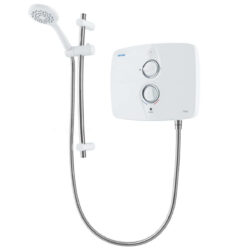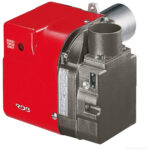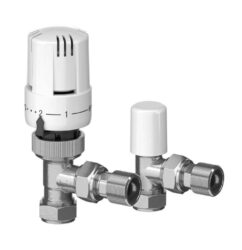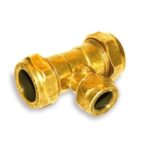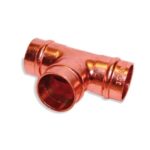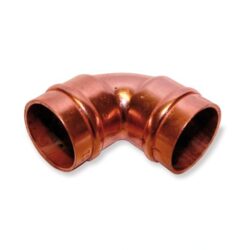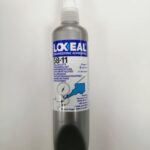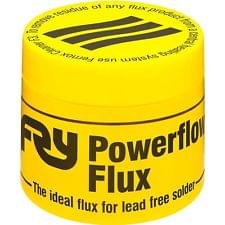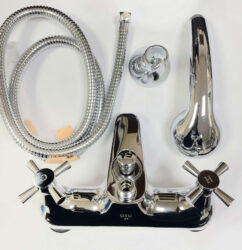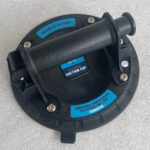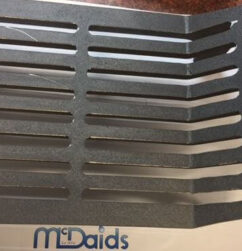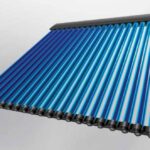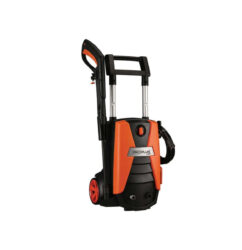In the pursuit of a comfortable, energy-efficient home, one often-overlooked hero emerges house insulation. This unassuming element plays a crucial role in maintaining your home’s temperature, reducing energy bills, and ensuring a cosy living environment year-round. In this article, we will delve into the world of house insulation, exploring its types, benefits, and the importance of proper insulation for your home.
Understanding House Insulation:
House insulation is a material or combination of materials used to create a thermal barrier between the interior and exterior of your home. It acts as a protective shield, preventing the transfer of heat or cold air through your walls, roof, and floors. Essentially, insulation helps your home maintain a consistent temperature, reducing the need for excessive heating or cooling.
Types of House Insulation:
- Fibreglass Insulation: Made from tiny glass fibres, fibreglass insulation is one of the most common types. It’s available in rolls, batts, and loose-fill forms and is prized for its affordability and effectiveness.
- Cellulose Insulation: Composed of recycled paper or cardboard treated with fire-resistant chemicals, cellulose insulation is eco-friendly and offers excellent thermal performance.
- Spray Foam Insulation: This type of insulation is applied as a liquid and expands to fill gaps and crevices, creating an airtight seal. Spray foam insulation is highly efficient but may require professional installation.
- Rigid Foam Insulation: Rigid foam boards provide excellent thermal resistance and are commonly used in walls, roofs, and foundations.
Benefits of Proper House Insulation:
- Energy Efficiency: Insulation reduces heat transfer, keeping your home cooler in the summer and warmer in the winter. This translates to lower energy bills and reduced environmental impact.
- Enhanced Comfort: A well-insulated home maintains a more consistent and comfortable indoor temperature, reducing drafts and cold spots.
- Noise Reduction: Insulation also serves as a sound barrier, helping to muffle external noises and create a quieter living environment.
- Moisture Control: Insulation with vapour barriers helps prevent condensation and moisture buildup, reducing the risk of mould and mildew.
Areas to Insulate:
- Attic: Proper attic insulation is essential for preventing heat loss and regulating indoor temperatures.
- Walls: Insulating exterior walls helps maintain comfort and energy efficiency.
- Crawl Spaces and Basements: Insulating these areas can prevent cold air infiltration and moisture issues.
- Roof: Roof insulation is crucial for regulating attic temperatures and preventing ice dams.
The Importance of Professional Installation:
While some insulation types may be suitable for DIY installation, it’s often best to enlist the help of a professional. They can assess your home’s specific insulation needs, ensure proper installation, and address any potential issues, such as air leaks or inadequate coverage.
Conclusion:
House insulation is an unsung hero that plays a vital role in creating a comfortable, energy-efficient, and eco-friendly home. By understanding the types of insulation available, their benefits, and the importance of proper installation, you can make informed decisions to enhance your home’s insulation and overall quality of life. Whether you’re looking to lower your energy bills, reduce your carbon footprint, or simply enjoy a cosier living space, investing in quality house insulation is a step in the right direction.


